Households Urged to Check Attics and Lofts This October – For Unexpected Inhabitants
This common fall pest must be dealt with safely and lawfully, experts urge


With the cooler weather of October here, more and more pests will be moving into homes across the US in search of warmth and shelter – and none more so than bats, pest pros warn.
While these common Halloween motifs don't necessarily directly pose any significant issues to your health and home, although they can carry and transmit rabies through bites and scratches, the most important thing to know ahead of time is that, as a protected species, bats cannot be removed from your property.
That's why our pest experts urge homeowners to check their attics and lofts this October, to give you time to get rid of bats in a house naturally before freezing temperatures set in.
Why are Bats Attracted to Attics and Lofts?
As Tony King, pest expert and founder of The Pied Piper Pest Control, explains, bats find attics and lofts appealing during the colder months, as they offer a dry, warm, and shielded setting that's ideal for hibernation.
'Since temperatures are low and insects are unavailable, bats need a stable microclimate to conserve energy,' he says. 'Attics, because they are insulated and have enclosed spaces, generate just that.
'Some species, like the Little Brown and the Big Brown bats, are particularly accustomed to hibernating in attics during winter since they require specific conditions of air and heat to survive hibernation.'
Additionally, female bats may enter the home in the spring to give birth, says Stewart Muir, associate certified entomologist at JP McHale Pest Management, and move in during fall and winter to hibernate.
Design expertise in your inbox – from inspiring decorating ideas and beautiful celebrity homes to practical gardening advice and shopping round-ups.
'They are attracted to odors of bats from previous infestations, and if the attic gives off sufficient heat,' he advises.
You may also find them in your chimneys and vents, adds Jamie Nichols, senior service center manager at Arrow Exterminators, as they love dark, quiet, and undisturbed places, like other common roof pest infestation inhabitants.
'If there are holes in the roof, loose siding, or open vents, bats can find their way in,' he explains. 'And if an attic is insulated and rarely visited, homeowners may not even notice their presence until the sounds, smells, or guano start piling up.'
What are the Signs and Indications of Bats?
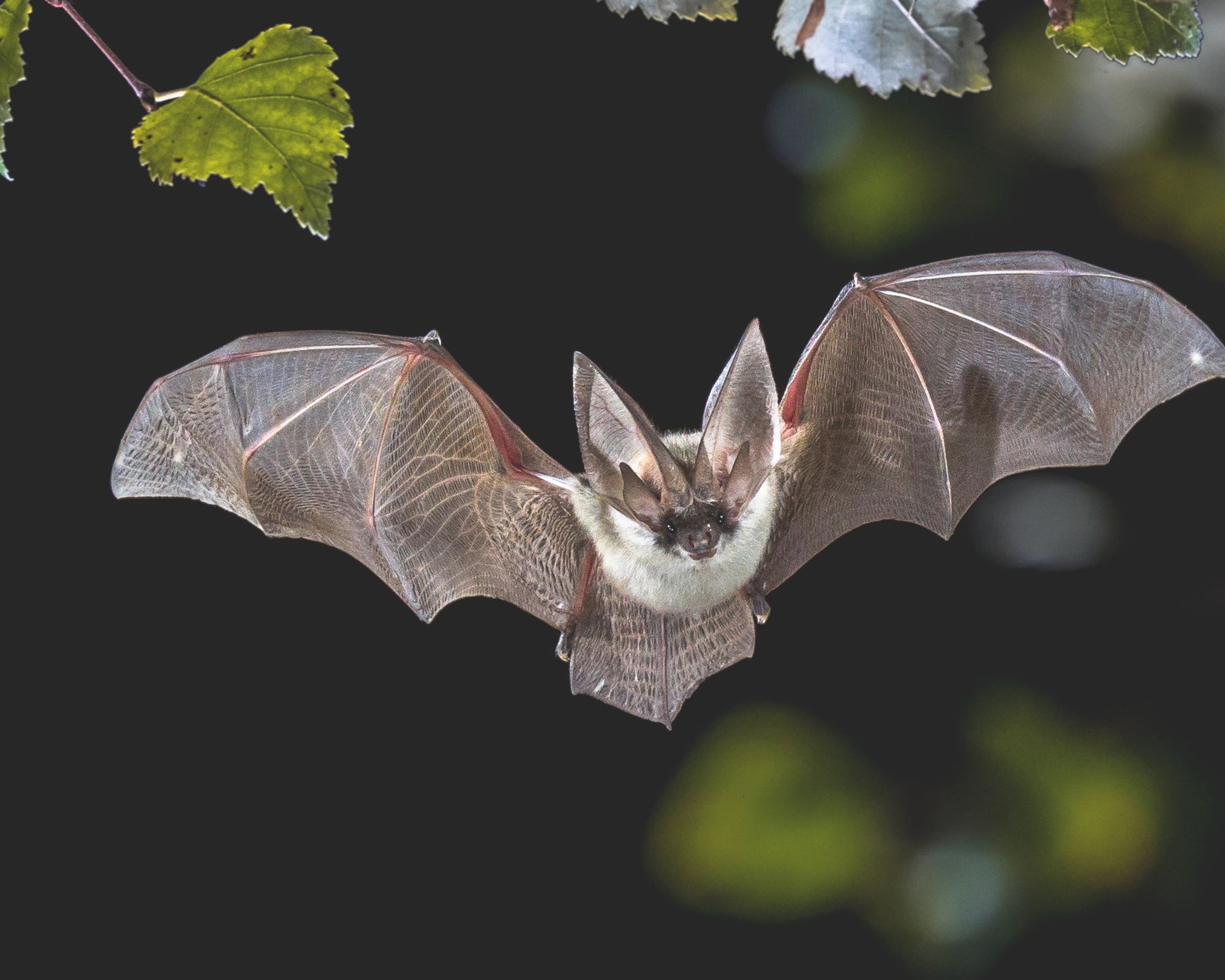
Look out for scratching, odors, and droppings.
Importantly, says Jamie, bat activity can be tricky to catch at first, especially as they're most active during the night.
'However, one of the first signs of a bat problem is soft fluttering or scratching noises in the walls or ceiling, usually around dusk or dawn,' he explains. 'Staining around entry points is also common, as bats tend to leave behind greasy smudges where they squeeze in and out.
'But the telltale sign of a bat infestation is the guano – bat droppings. Guano looks a lot like mouse droppings, but it's often a bit larger and has a shiny appearance.' For that reason, you should be able to differentiate between the presence of bats and the need to get rid of rodents in the attic.
'It also tends to build up into big piles,' adds Jamie, 'and it has a strong, ammonia-like smell.'
You might also, adds Tony, hear chirping, as bats communicate within their roost.
What to Do if You Find Bats in Your Attic
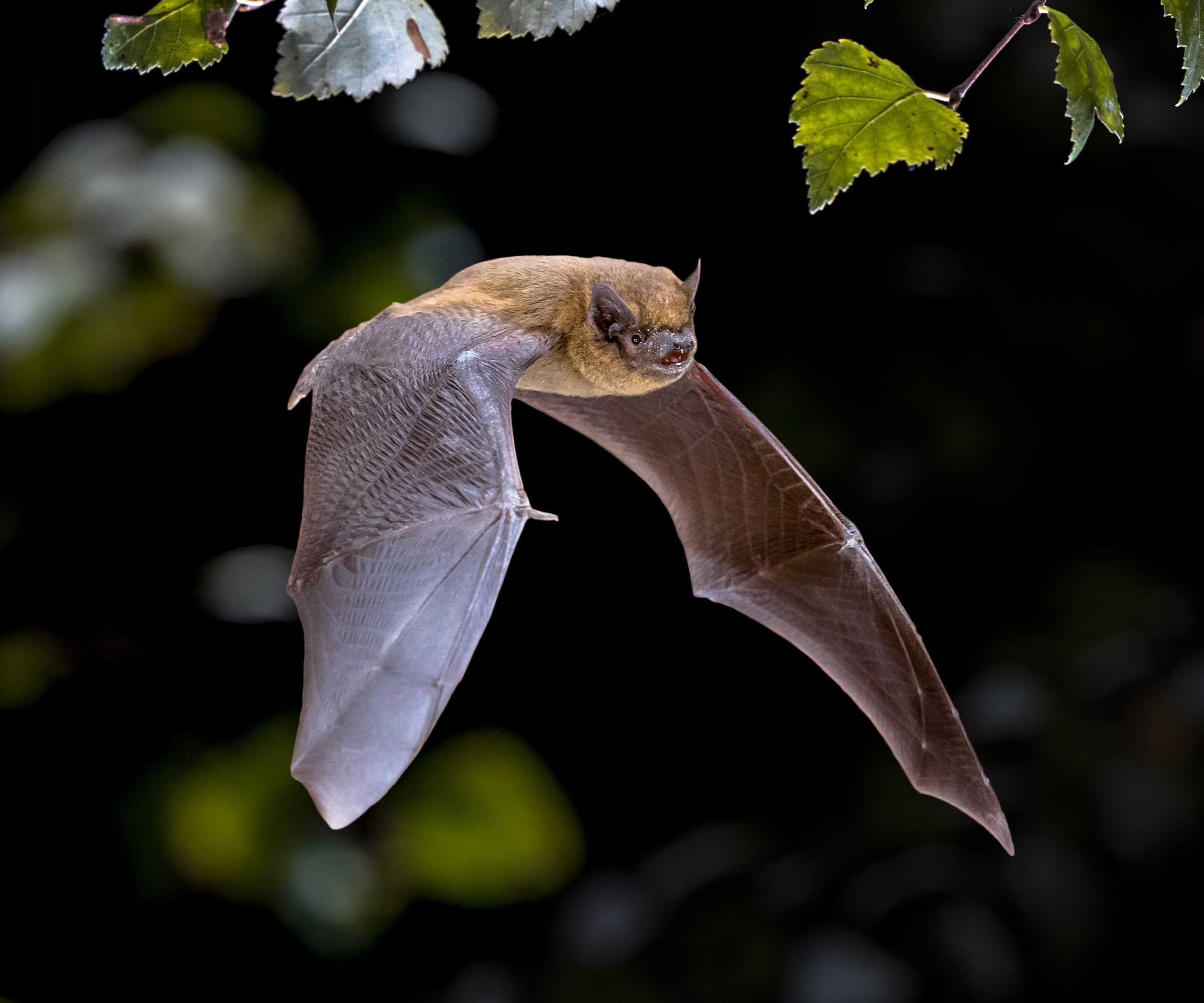
There are several laws that protect bats.
If you find bats in your attic, it's extremely important to address the problem with care and caution, and according to local wildlife laws.
'In most places, bats are protected, especially during maternity season, which is generally April to August, so touching or removing them at that time is illegal,' advises Tony. 'The safest and most humane method is to call a licensed wildlife control professional who can assess the situation and conduct a bat exclusion program.
'This is usually in the form of one-way exit devices to allow bats to leave but not re-enter. Blocking all potential access points and removing attractants such as tree limbs overhanging are also efficient means of warding off future infestations.'
Troy Yowell, owner at Pest Shield, also recommends investing in the Cleanrth Advanced Ultrasonic Bat Repelling System available at Walmart. 'This is a great exclusion device that turns your attic into an unfitting habitat,' he says. 'The sound falls outside of the hearing range for people, cats, dogs, and birds, so you won't disturb any humans or pets in your home.
Importantly, warns Stewart, due to the possibility of rabies, it's never recommended that a homeowner engage directly with live bats.
'Contact a pest professional to have the bats removed,' he says. 'We also strongly recommend that, for the same rabies concerns, even dead bats should only be removed by a professional.'
As with most things, and particularly in relation to pests, prevention and acting fast is so important in the presence of bats. 'Waiting too long to address a potential entry point or early signs of activity could mean you end up playing host to a full-blown bat colony,' warns Jamie.
That being said, having bats in your yard means there's a healthy ecosystem at play, so, disparately, you may wish to attract bats into your backyard. You can use bat houses, such as the Japanese Cedar Bat House available at Amazon, to offer an appealing alternative to nesting in your porch, attic, or loft.
What to Shop
All prices were correct at the time of publication.
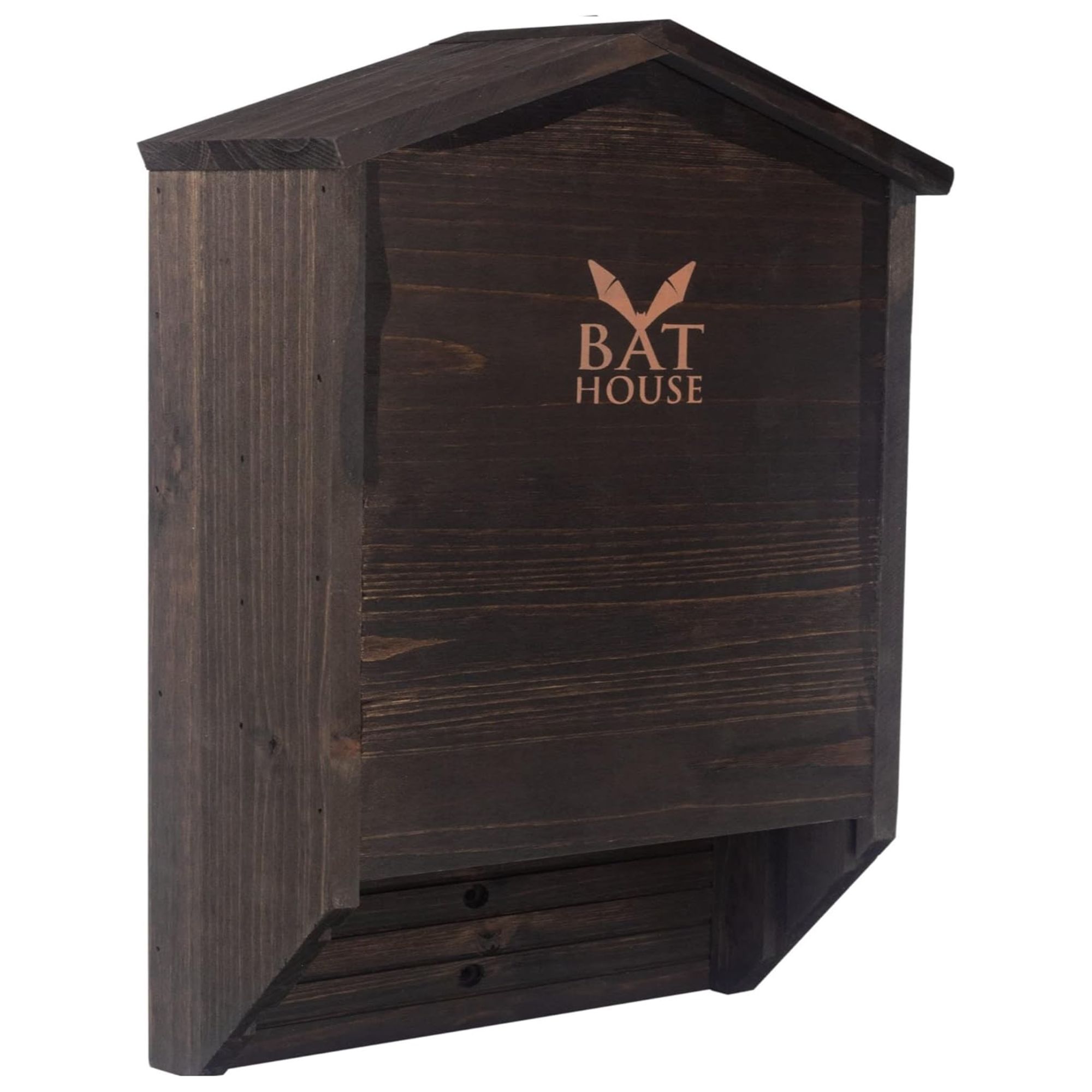
This bat-house is made of long-lasting and waterproof cedar, and comes pre-assembled and ready to hang.
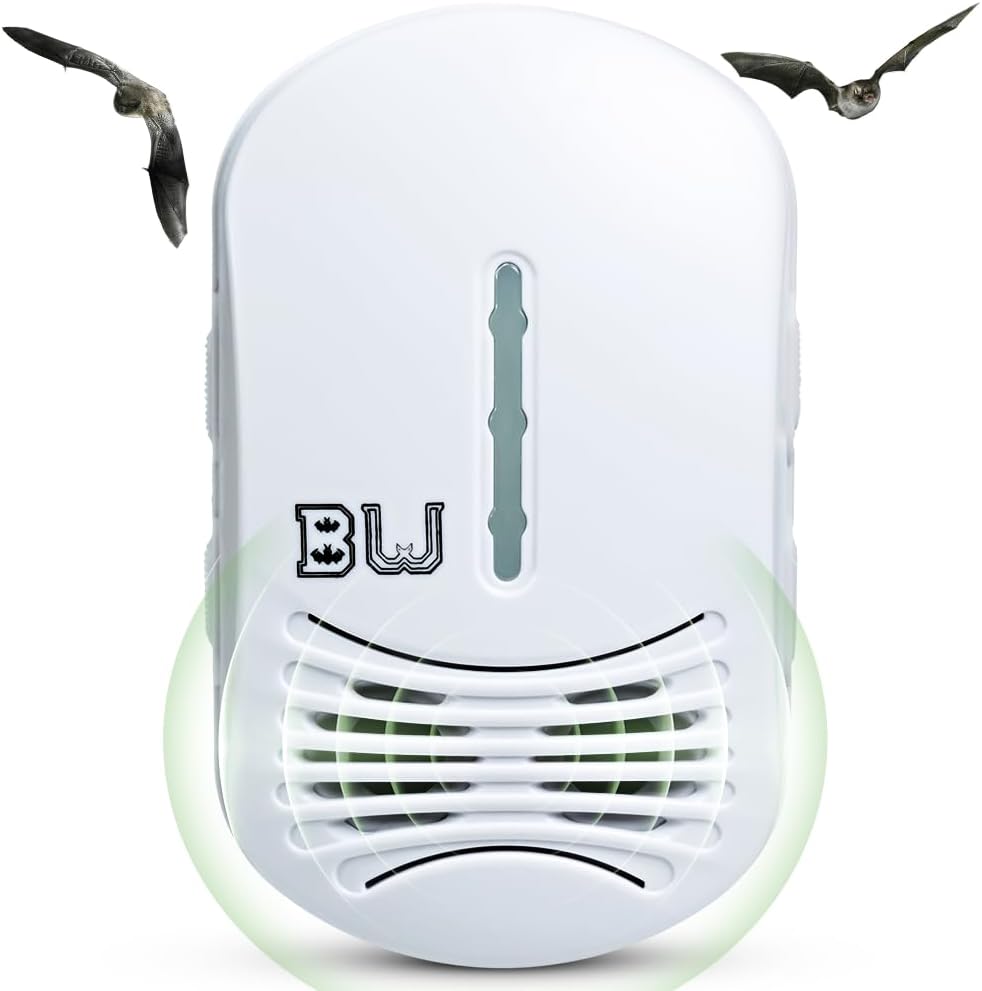
This bat repellent unit features multiple adjustment settings and uses ultrasonic technology to repel bats within your walls.
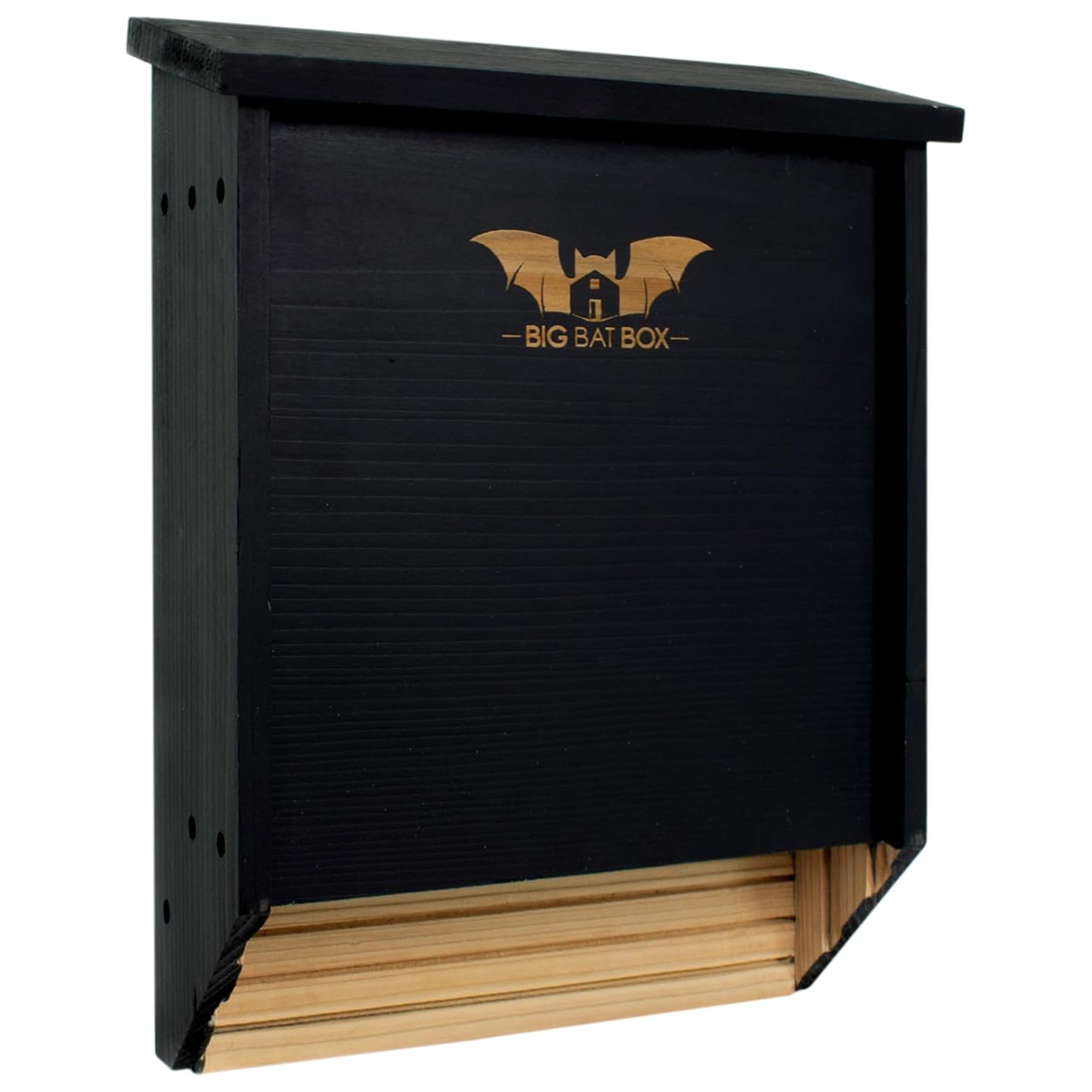
This two-chamber bat box can accommodate a whole host of bats, and has no paint inside to protect them as they hibernate and roost.
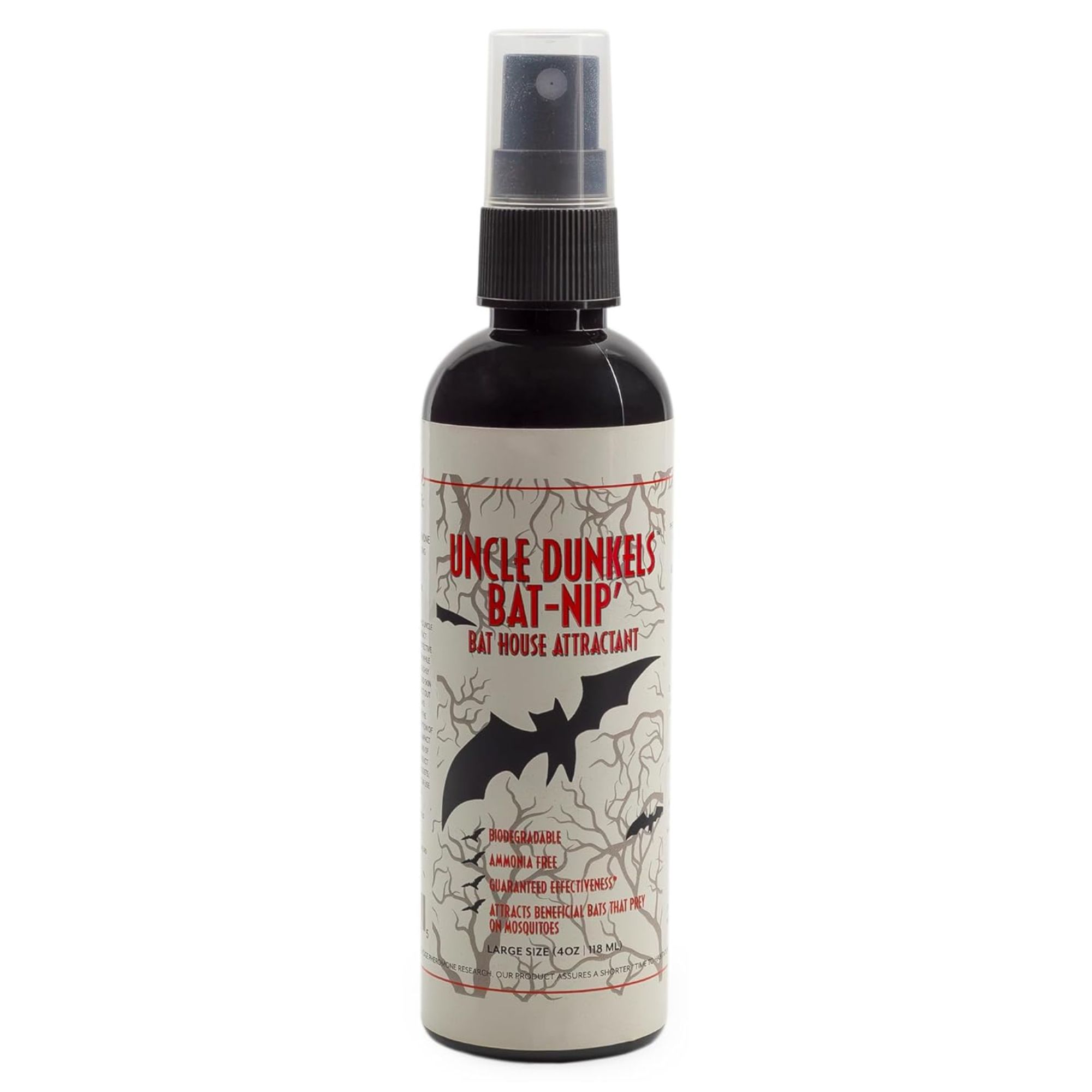
Naturally attract bats to bat houses with this simple-to-use spray that's formulated to increase the odds of bat occupancy in your backyard bat roosting box.
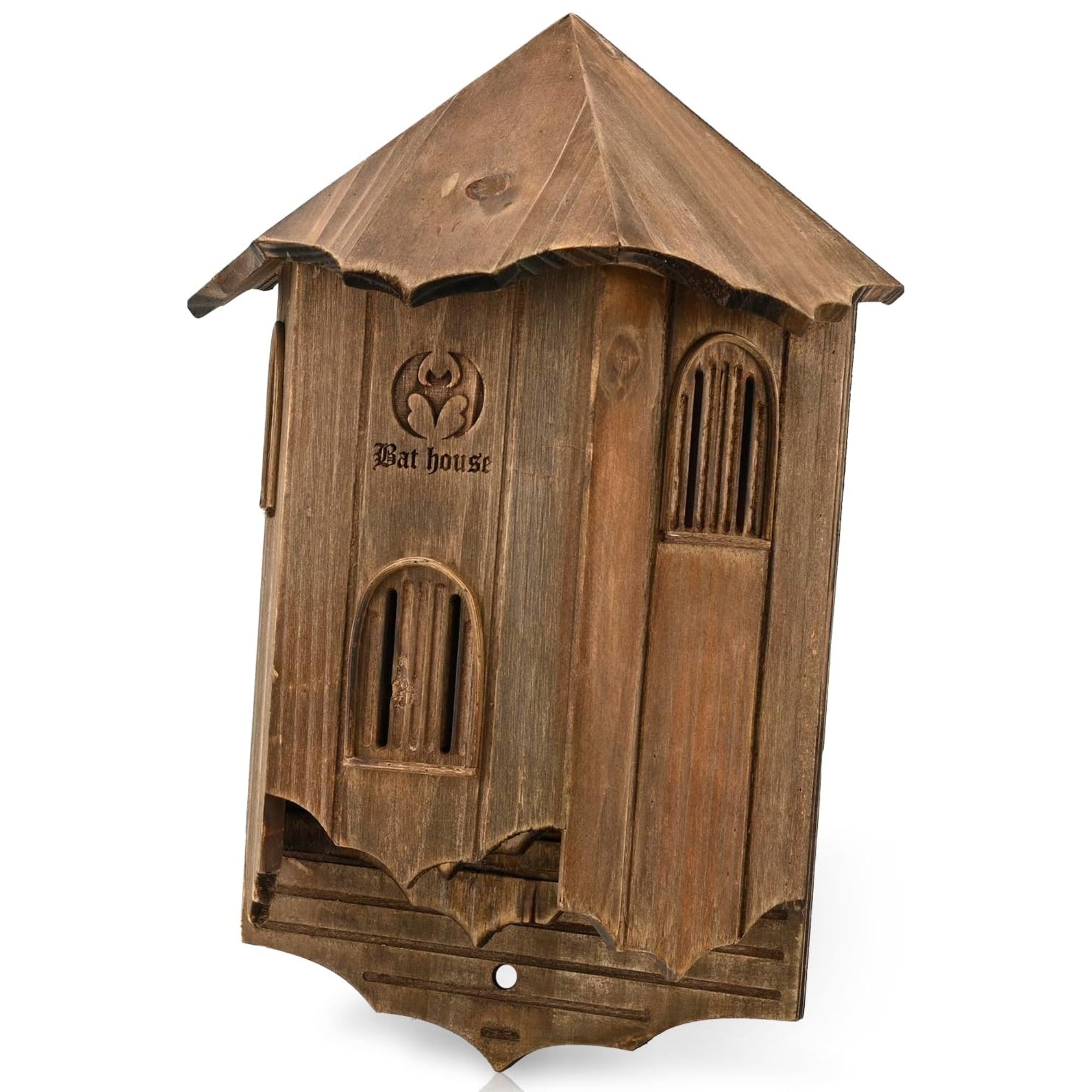
Add a touch of gothic charm to your space with this cute bat box that's designed to attract bats while acting as a natural mosquito repellent.
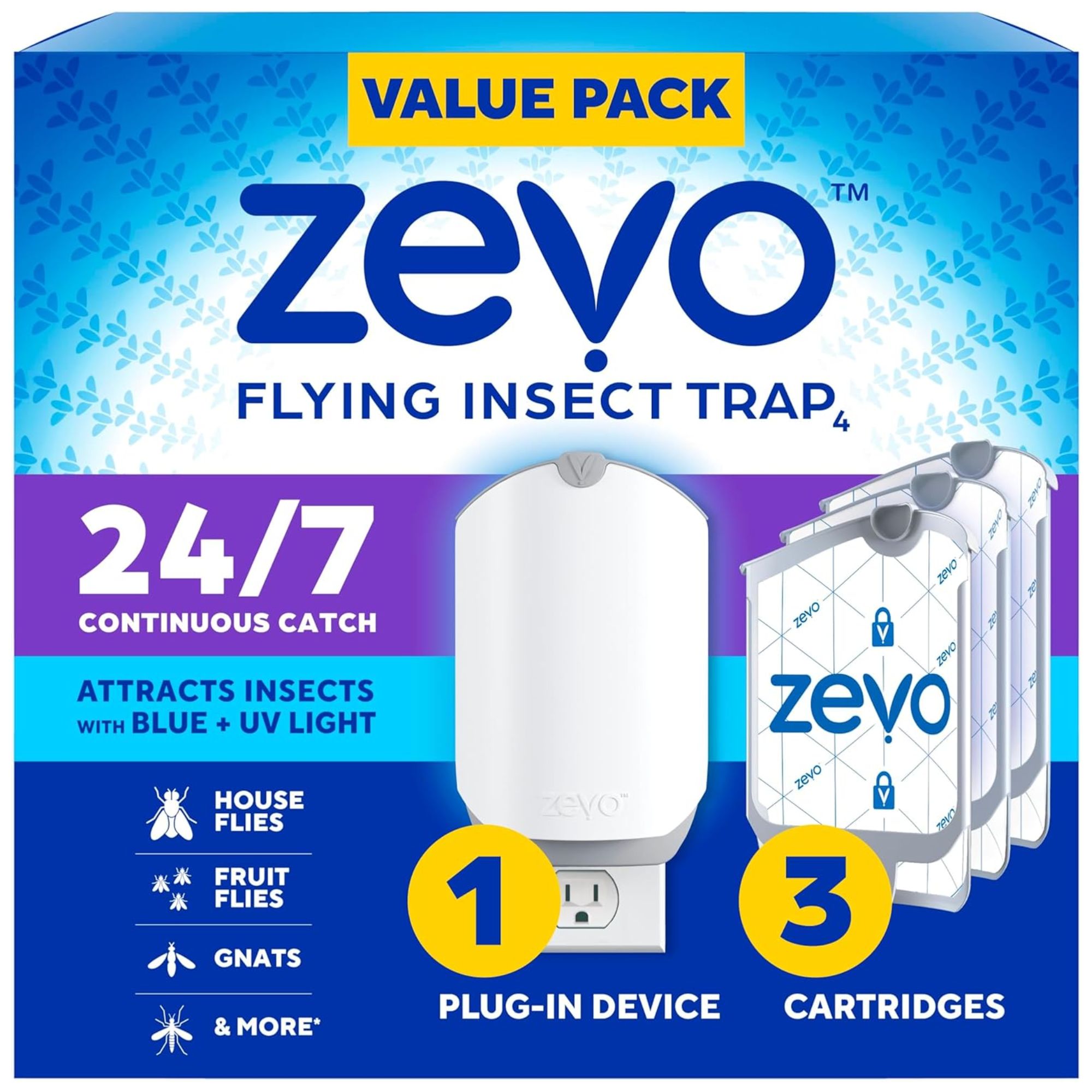
Reducing the amount of flying insects in your attic or loft space will also help to prevent bats from moving in, as they won't find an abundant source of food. This trap works discreetly and continuously.
Meet the Experts

Tony founded The Pied Piper Pest Control back in 1992 and has spent the last 30 years working in pest control.

Jamie is the senior service center manager at Arrow Exterminators, a full-service company specializing in pest control, termite protection, mosquito prevention and control, and more.
Along with bats, you may also find yourself needing to get rid of birds in your attic, which similarly needs to be done humanely and safely.

Ottilie joined Homes & Gardens last year, after finishing a Master's in Magazine Journalism at City, University of London. With previous contributions in Livingetc and Motorsport Magazine, she produces content for the Solved section on the website, focusing on clever tips and tricks to keep your home beautiful, organized, and clean, with particular expertise on all things home fragrance. She also has a Master's degree in English Literature and History of Art from the University of Edinburgh, where she developed a love for inspiring interiors and architecture.